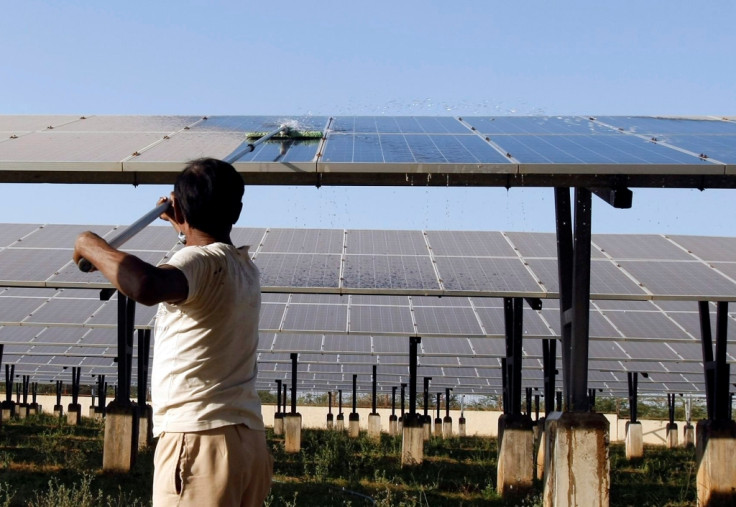India: Funds Announced by Government for Power Sector Inadequate

India recently committed millions of pounds to solar power and grid improvements in an effort to provide electricity to more homes. But experts are saying that this will not be enough to address the needs of its 1.2 billion-large population. Nearly 480 million still have no access to reliable electricity.
Directionally correct but small and not specific, the plan to expand the power grid and upgrade distribution alone will not help. More funds and more widespread action, starting with generation, will be needed to strengthen the sagging sector.
According to Bloomberg, the government will spend 15 billion rupees ( £146 million) to increase solar power across the country and to improve power delivery. Two-thirds of the funds will go to various solar power projects. About $83 million will go to large solar power plants, and another $67 million towards 100,000 solar-powered irrigation pumps.
The government eventually plans to replace 26 million pumps with solar-powered ones. Power used for irrigation is one of the largest strains on the Indian power system.
The government also recommitted to providing 24/7 power supply to all homes with an $83 million investment in dedicated feeder systems to bring electricity to rural areas.
But as Kameswara Rao, head of energy, utilities and mining in India for PricewaterhouseCoopers LLP, sees it, the funding needed to split rural electricity supply from the domestic sector is far larger than budgeted.
"Free power to agriculture has no caps, nor metering. Where they exist, agricultural feeders are not maintained properly and transformer blowouts are common. Billing and collections are inefficient. In Delhi alone, over Rs 25000 crores of funds that belong to the private distribution companies are held up, causing cash and profit problems," noted Indian economist and columnist S L Rao told IBTimes UK, drawing the bigger picture in what ails the Indian power sector.
He believes there is need for "root and branch reform". Most Discoms (distribution companies) are state-owned and headed by bureaucrats with brief tenures. They are not run like commercial enterprises but as government departments. Discipline in these state-owned enterprises is lax and collusive theft of power is common, added Rao.
Fitch Ratings noted that there is a domestic shortfall for both coal and gas for power plants. "The entire ecosystem of the power sector - from generation to distribution - needs to be strengthened," an analyst wrote.
Environmentalists meanwhile renewed their call for distributed generation instead of large-scale solar plants and fossil-fuel based ones.
"The steps on renewable energy and energy efficiency are not transformational," Vinuta Gopal, head of climate and energy at Greenpeace India, told Reuters, "and the attempt to force fit coal production to clear the irrational power proposals is a signal that the reality of climate change has far from been recognized by this government."
Distributed generation opts for using locally available resources and distributing them locally, rather than the centralised method which relies on distribution across large distances, often resulting in heavy power losses.
© Copyright IBTimes 2025. All rights reserved.





















